With a new president just elected in South Korea, it is time to think more strategically about the threat posed by North Korea and its Stalinist, nuclear-armed regime. President Trump and his administration have done a good job to date in conveying firmness and resoluteness about America’s willingness to defend our South Korean ally against this threat. And with Chinese President Xi Jinping curtailing China’s economic interactions with North Korea in areas like coal and oil trade, North Korean dictator Kim Jong-un may feel enough heat to stop or slow his nuclear and missile tests, at least temporarily.
But this past weekend’s events do not augur well in that regard. Moreover, there is no credible plan yet to get North Korea to stop adding to its nuclear arsenal, already estimated at 15 to 20 bombs and growing. Nor is the new South Korean leader, the liberal Moon Jae-In, any more likely than President Xi to be content for long with a simple policy of squeezing North Korea economically. To hold the coalition together and incentivize North Korea to consider a deal on nukes, as well as long-range missiles, we will need a more integrated strategy including carrots as well as sticks.
The limits of sanctions
To be sure, some added sanctions—and better sanctions enforcement—should, as always, be the first step here. That said, we can already predict what Beijing is most likely to do, based on history. Some moderate toughening of formal sanctions will happen for a while, but many Chinese firms will avoid tough enforcement and the net effect will likely be modest. As recent research by John Park and others at Harvard has shown, this has been the norm for years.
The United States and other countries should keep their same goal of the complete and verifiable elimination of North Korea’s entire nuclear arsenal as the only way for Pyongyang to gain a full lifting of sanctions and greater economic aid in the future. But we also need a shorter-term and more pragmatic approach that would seek to freeze North Korea’s progress. Such an approach has at least a moderately greater chance of eliciting a good response from Pyongyang—and a far better chance of keeping China and South Korea (which together account for perhaps 90 percent of North Korea’s trade) on board with a strategy that includes sanctions over the longer term if necessary. In other words, by integrating carrots into our strategy, we can make the sticks more credible and long-lasting, too.
[B]y integrating carrots into our strategy, we can make the sticks more credible and long-lasting, too.
An interim strategy
To be sure, we must not reward North Korea for its outlandish actions, or “buy the same horse three times,” to quote critics of North Korea’s noncompliance with previous deals. But we can offer incentives for North Korea to take certain actions that it has not yet been asked to undertake, along with restraint on the nuclear front, as part of a package deal.
The central interim goal of this policy should be to dissuade Pyongyang from any more nuclear testing and to persuade it to dismantle (or at least suspend use of) its nuclear infrastructure—the reactor that produces plutonium and the centrifuges that produce enriched uranium. We know where the reactor is. We probably do not know where all of the centrifuges are located, so some form of managed access would be needed to identify and visit these sites to verify North Korean compliance (perhaps involving Chinese, Russian, or U.N. monitors).
The incentives that Washington and key regional states could offer in the short term would be a gradual relaxation of some existing sanctions on North Korea, such as those China has imposed on coal and possibly the oil trade, in return not only for the near-term nuclear restraint noted above, but for an end to the production and testing of ballistic missiles above a certain range.
A longer-term goal
Over the longer term, a future deal could aim for complete denuclearization and full lifting of sanctions. If North Korea also agreed to steps to scale back its conventional forces substantially, and to gradually reform its economy (à la Vietnam), the international community could offer more humanitarian and development aid, along with diplomatic ties and perhaps a scaling back of large U.S.-South Korean military exercises.
Admittedly such a successor deal could be a long ways off, but if Seoul, Beijing, Washington, Tokyo, and Moscow could agree on its basic logic, they would be far more likely to hold together in their combined approach, making it harder for Pyongyang to divide and conquer at the negotiating table. We know from history that the last time a similarly minded government was in office in Seoul in the early 2000s, this is exactly the kind of plan it favored; the Chinese tend to think in such terms as well.
So let’s attempt an interim deal that freezes nuclear and long-range missile testing and production. Since Kim Jong-un could keep his existing nuclear deterrent for now as part of the plan, he may well prove amenable. Even if any such deal wouldn’t fundamentally solve the problem of North Korea’s nukes, there is a huge difference between freezing North Korea’s nuclear capabilities where they are now, on the one hand, and seeing them continue to advance qualitatively and quantitatively on the other. Moreover, laying out such a vision for disarmament, even if unsuccessful, would be consistent with Chinese and South Korean views on the issue. By promoting it, we would have established a context for asking Beijing and Seoul for tougher measures next time North Korea misbehaves, should that again occur. Whether the policy achieves its preferred goal or not, it is likely to work better than the course we are now on.
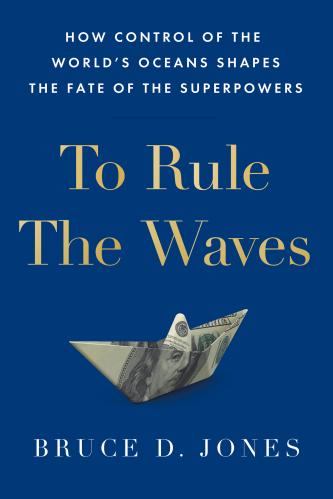
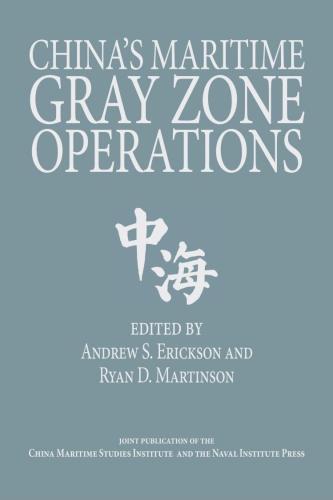
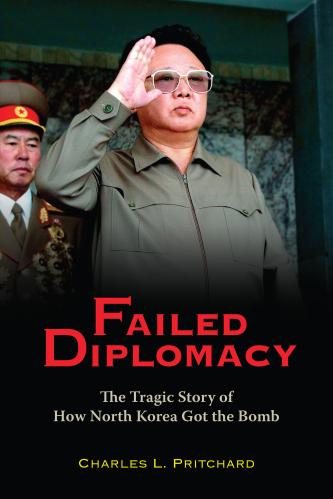
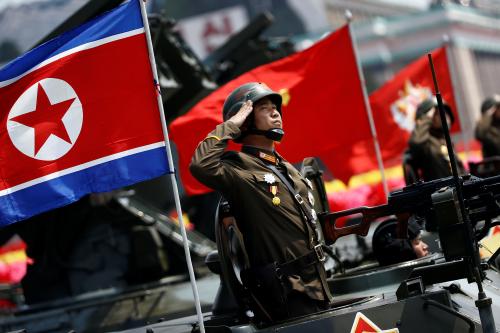

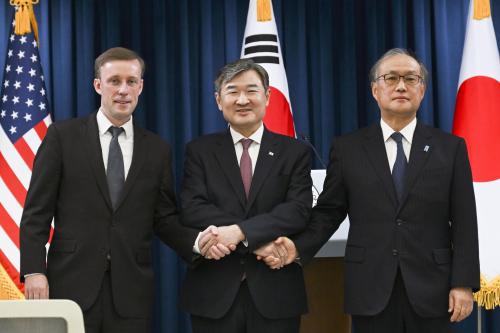
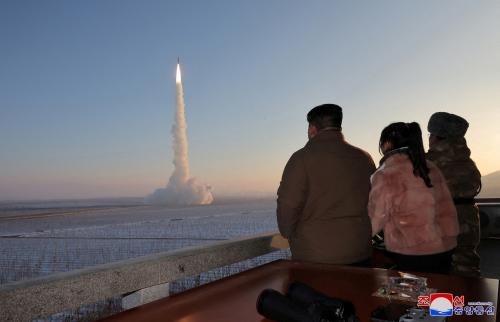
Commentary
How to work with Seoul and Beijing on the North Korean nuclear problem
May 16, 2017